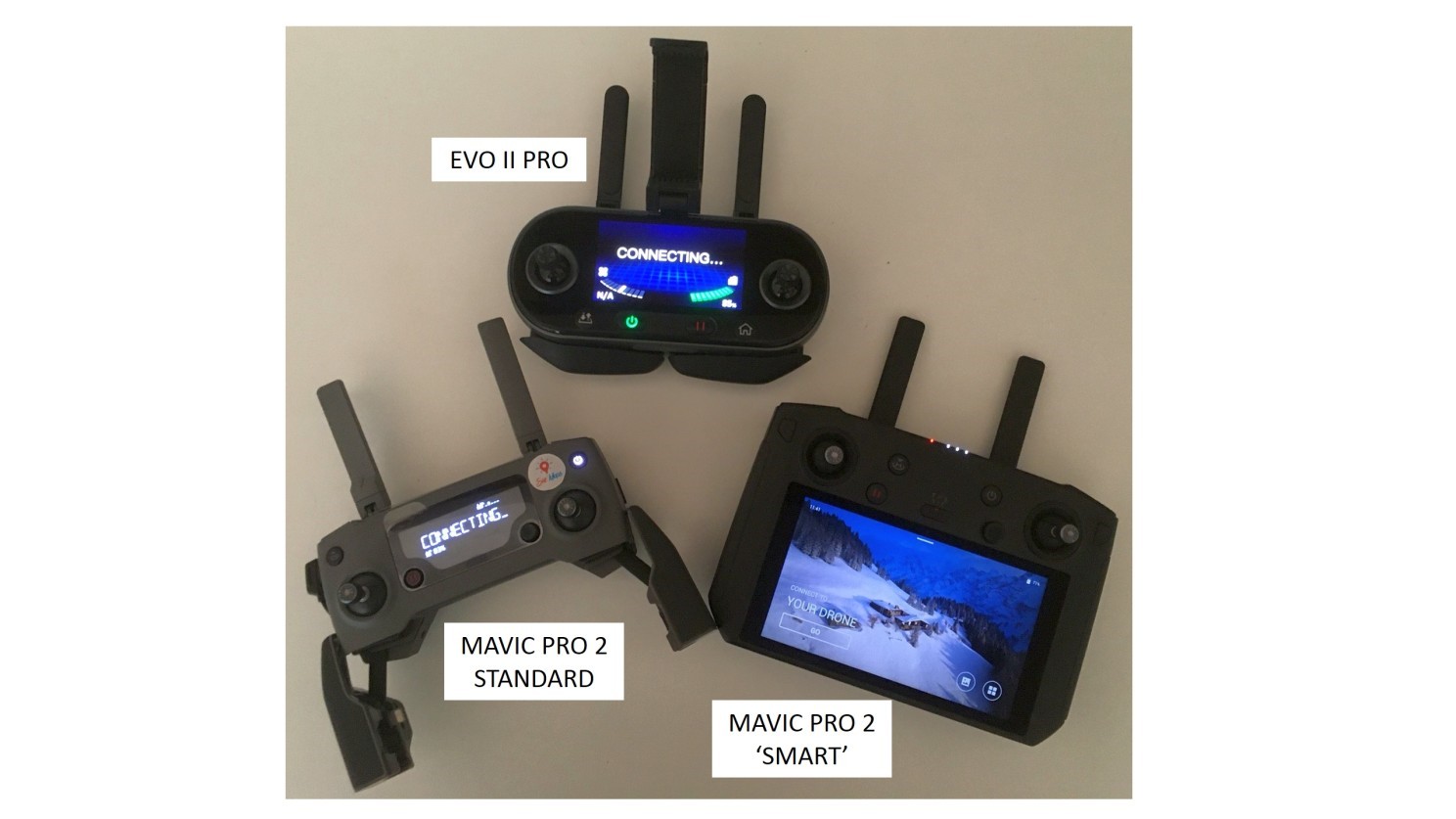Choosing the right drone for mapping can be challenging. This article compares two popular options, the DJI Mavic 2 Pro and the Autel Evo II Pro, focusing on their size and other key features relevant to mapping applications. We’ll examine the drones themselves, their controllers, camera specifications, app functionality, and pricing to help you make an informed decision.
Drone Dimensions and Weight: Mavic 2 Pro vs. Autel Evo II Pro
A key consideration for mapping drones is portability. Let’s compare the size and weight of the Mavic 2 Pro and Autel Evo II Pro:
- Size: The DJI Mavic 2 Pro is significantly smaller than the Autel Evo II Pro, making it more compact for transport.
- Weight: The Mavic 2 Pro is also lighter by almost 300g, impacting overall payload and potentially flight time.
- Battery Weight: Mavic 2 Pro batteries are lighter than Evo II Pro batteries (297g vs 365g), contributing to the weight difference.
These differences can be crucial when choosing a drone for field work. While the Evo II Pro boasts a longer advertised flight time (40 minutes vs. 31 minutes), real-world conditions often reduce these figures. The Mavic 2 Pro’s lighter weight might allow for carrying more batteries for a similar total flight time with a smaller overall payload.
Camera Specs Comparison: Field of View and Resolution
Both drones feature a 1″ CMOS sensor with 20MP resolution. However, there’s a slight difference in their field of view:
- Field of View: The Autel Evo II Pro has a wider 82-degree field of view compared to the Mavic 2 Pro’s 77 degrees. This results in wider image coverage per flight line but slightly lower ground resolution.
- Ground Resolution: At 100m altitude, the Evo II Pro covers 174m width per image, while the Mavic 2 Pro covers 160m. The ground resolution difference is minimal (3.2cm/pixel for Evo II Pro vs. 2.9cm/pixel for Mavic 2 Pro).
The choice between wider coverage and higher resolution depends on the specific mapping needs.
Controller and App Considerations for Mapping
The choice of controller and mapping app significantly impacts the mapping workflow:
-
Controllers: While the DJI Smart Controller offers a built-in screen, it’s unsuitable for mapping as it lacks the ability to connect to mapping apps. Both the standard DJI and Autel controllers require a connected mobile device to run mapping software. The Autel Evo controller offers a higher clarity display.
-
Mapping Apps: The Autel Evo II Pro has a significant advantage with its standard app supporting mapping missions. DJI drones require switching between DJI Go 4 and a separate mapping app, adding complexity.
Pricing and Availability
Pricing varies by region and vendor, but generally:
- The Autel Evo II Pro is often slightly more expensive than the DJI Mavic 2 Pro.
- Both drones may be on backorder or superseded by newer models, impacting price and availability.
Conclusion: Choosing the Right Drone for Your Needs
Both the DJI Mavic 2 Pro and Autel Evo II Pro offer comparable mapping capabilities. The Mavic 2 Pro excels in portability with its smaller size and weight, while the Evo II Pro offers a wider field of view and integrated mapping app functionality. The optimal choice depends on individual priorities and project requirements. Consider factors like portability, ease of use, desired ground resolution, and budget when making your decision.

